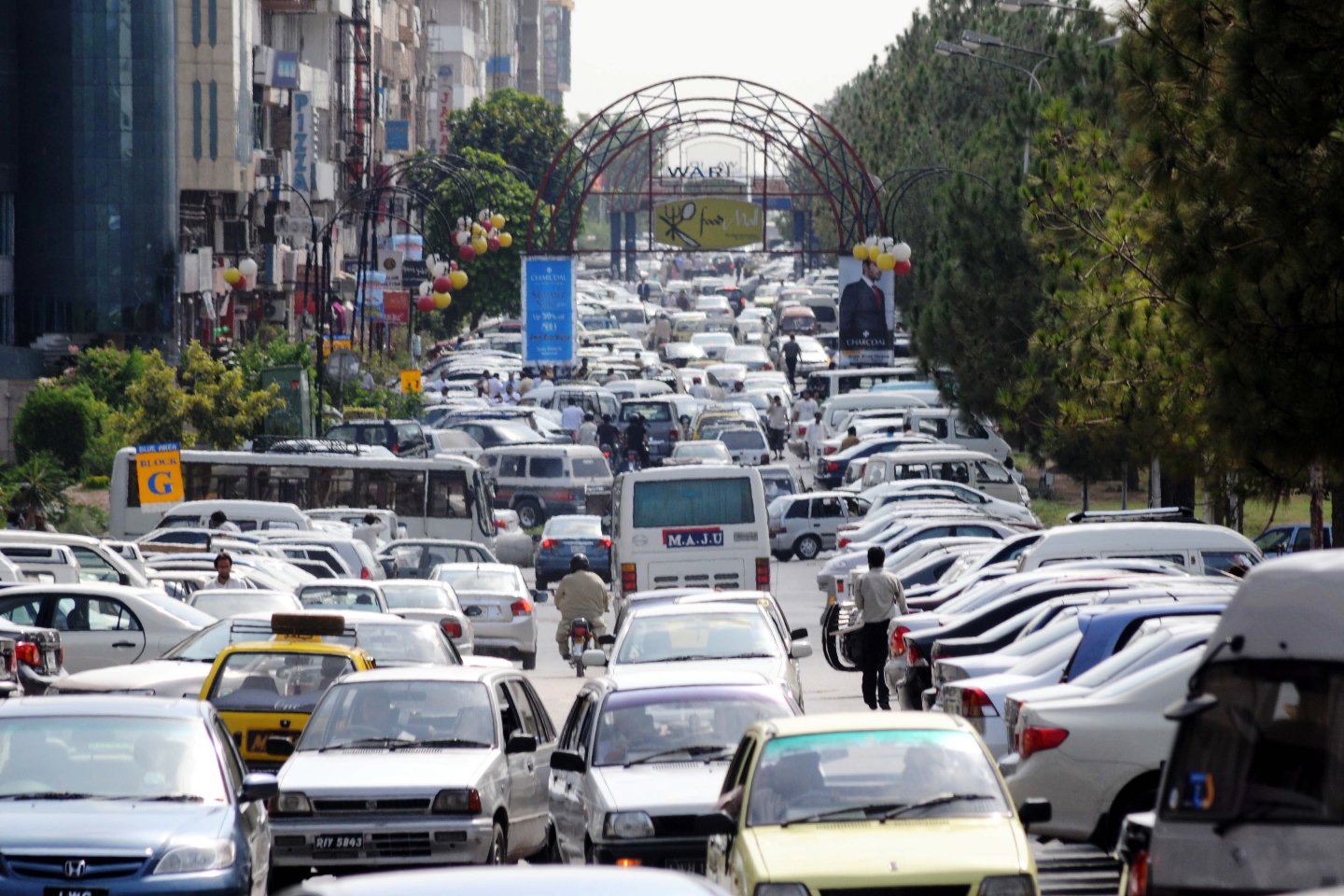
In a free country, one has to feel and experience freedom.
With over a hundred roads and streets partially or totally blocked, citizens of the capital feel restricted in their movement. This, many complain, is in direct contradiction of Article 15 of the constitution of Pakistan which declares that “every citizen shall enter and move freely throughout Pakistan and (have the right) to reside and settle in any part thereof.” Paradoxically, the Constitution Avenue itself is as much a restricted avenue being inside the feared and often forbidden ‘red zone’.
Massive concrete blocks placed at an angle across the roads and streets are now a common sight. They are there to slow down the traffic entering areas where government and other offices are situated and through which access to public places and posh residential localities is gained. Police guard the blockades to check suspects entering the city at strategic intersections.
These obstructions to free flow of traffic are now tolerated by the public. But the authorities have gone a step further.
Since security of the law-enforcing agencies is itself threatened, they have completely blocked roads and streets where their own offices are situated. This has changed the city’s familiar landscape.
The most glaring violation of the right to free movement came into view when a premier intelligence agency completely blocked a double road in front of its head office in sector G-7. That was not the end.
The entire one square kilometre space in front of the office was turned into a military compound by erecting concrete bomb-proof walls. Now to get to G7-Aabpara traffic junction one has to negotiate two parallel U-turns. This used to be a thoroughfare where vehicular traffic plied unobstructed. The substitute detour provided by the authorities was a big hassle. It consumed more fuel, wasted much time and kept the Kashmir highway traffic junction mostly jammed.
Such no man’s lands were in fact initiated by the city police. The City Police Office (CPO) housed in a residential area on street 31 of sector F-7/1, where the top cop along with his deputies sits, was quarantined in 2008.
A wall over 10 feet tall was erected right in the middle of the street blocking the passage to the main road of nearly half of the residences in the neighbourhood.
The manned barricades installed on the entry points have robbed the residential houses of their privacy.
“The dignity of man and subject to law, the privacy of home, shall be inviolable,” says article 14 (1) of the constitution.
Besides police and security agencies, many international organisations and local business enterprises have adopted security measures on their own, some totally blocking approach roads. An American school in sector H-9 has reduced the front double road to single lane.
The Nescom hospital in sector H-11 has similarly blocked one side of the road and has not bothered to lift the blocks since these were placed in 2009. The management of the Marriot Hotel that has suffered major terrorist attacks in the past keeps its western side permanently closed.
In the diplomatic enclave, roads in front of the embassies of United States, Poland, United Kingdom, Germany, Japan, Canada and others are also blocked.
Dozens of roads that are partially blocked besides these and cause much discomfort to the public. In the jurisdiction of Shalimar police station, concrete blocks have been placed at 25 places but roads are open for traffic. Fifty -one places have been partially blocked in the jurisdiction of Kohsar police station and 19 roads in the Margalla police area.
Police justify this security strategy on grounds of the spate of terrorist attacks that have taken place in the city, particularly after the Lal Masjid operation of 2007. Yet it is difficult to say if these blockades have succeeded in preventing terrorist attacks. As many as three army officers were targeted by terrorists in the heart of the city. The former Minister for Religious Affairs was injured in a gun attack near his office in sector G-6. In all such attacks the assailants got away through the blockades unchecked.
“I think the terrorist attacks have been checked considerably. I have no problems with the barricades, they have enhanced security,” said Abdur Rehman, a resident of sector G-8/1.
Rasheed Ahmed, a resident of sector F-8/3, believed the barricades placed on the roads need to be removed. “There have been no terrorist attacks for over a year now. The checkpoints have served their purpose. The police should open the roads, at least the ones on the main roads of the city,” he added.
Tahir Akhtar, a resident of F-7/1, said the police checkpoints irked him every time he passed one. “They are constant source of nuisance. I do not need them. Take them home please,” he said.
However, none of the authorities concerned have so far flashed any signal hinting at removing the hurdles to peoples’ right to freedom of movement any time soon. The struggle for freedom for the people of Pakistan has, in a sense, never been over.
Published in The Express Tribune, April 10th, 2011.










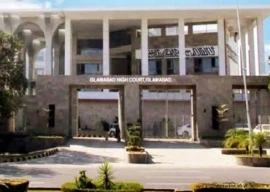




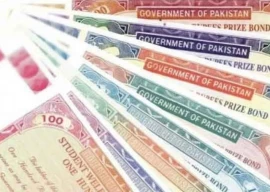

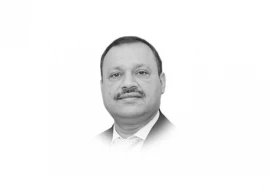
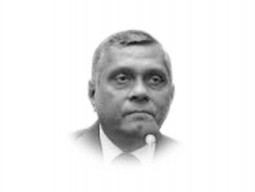
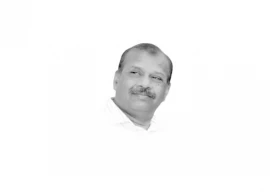
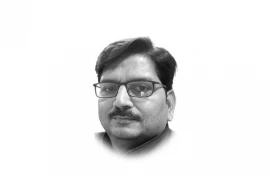

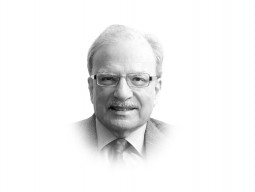
COMMENTS
Comments are moderated and generally will be posted if they are on-topic and not abusive.
For more information, please see our Comments FAQ